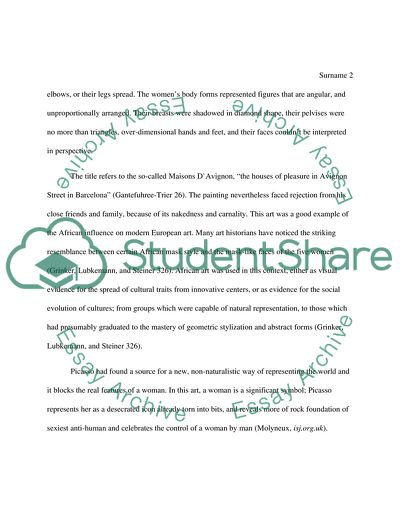Cite this document
(“Picasso's Les Demoiselles DAvignon and de Kooning's Woman Essay”, n.d.)
Picasso's Les Demoiselles DAvignon and de Kooning's Woman Essay. Retrieved from https://studentshare.org/visual-arts-film-studies/1613672-picassos-les-demoiselles-davignon-and-de-koonings-woman
Picasso's Les Demoiselles DAvignon and de Kooning's Woman Essay. Retrieved from https://studentshare.org/visual-arts-film-studies/1613672-picassos-les-demoiselles-davignon-and-de-koonings-woman
(Picasso's Les Demoiselles DAvignon and De Kooning'S Woman Essay)
Picasso's Les Demoiselles DAvignon and De Kooning'S Woman Essay. https://studentshare.org/visual-arts-film-studies/1613672-picassos-les-demoiselles-davignon-and-de-koonings-woman.
Picasso's Les Demoiselles DAvignon and De Kooning'S Woman Essay. https://studentshare.org/visual-arts-film-studies/1613672-picassos-les-demoiselles-davignon-and-de-koonings-woman.
“Picasso's Les Demoiselles DAvignon and De Kooning'S Woman Essay”, n.d. https://studentshare.org/visual-arts-film-studies/1613672-picassos-les-demoiselles-davignon-and-de-koonings-woman.


